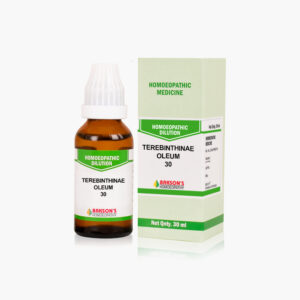What is Urethritis?
Urethritis is characterised by the inflammation of the urethra and is a lower urinary tract infection. It is associated with gonococcal or nongonococcal infections. The cause is usually infectious with Sexually transmitted diseases (STD’s), being the most common.
The incidence of Neisseria gonorrhoea is estimated at over 600,000 new cases annually, and the incidence of nongonococcal urethritis is approximately 3 million new cases annually. It is more commonly diagnosed in males.
Aetiology
Trauma is not the common cause of urethritis although catheterization can lead to inflammation and infection. Irritation of the genital area by rubbing or pressure may also lead to urethritis. Sexually transmitted urethritis has two classifications:
- Gonococcal urethritis (GCU): Caused by Neisseria gonorrhoea and is the leading cause of urethritis.
- Nongonococcal urethritis (NGU): Caused by Chlamydia trachomatis and is transmitted through sexual intercourse.
Other organisms responsible for urethritis are Mycoplasma genitalium, Trichomonas vaginalis, Herpes Simplex virus, Adenovirus, Treponema pallidum and Neisseria meningitides.
Sign and symptoms
The sign and symptoms vary usually with the causative organism. Symptoms of urethritis may include dysuria, pruritus, burning, and discharge at the urethral meatus. Chlamydia infections present usually with dysuria. If dysuria is accompanied by painful genital ulcers, the causative organism is herpes simplex virus.
Complications associated with Neisseria gonorrhoea infection include penile edema, periurethral abscesses, post-inflammatory urethral strictures, and penile lymphangitis.
Diagnosis
The condition is diagnosed clinically based on the history and physical examination. It is clinically suspected when any sexually active patient presents with symptoms consistent with urethritis including pruritus, discharge or dysuria. Following diagnostic points need to be considered-
- Evidence of mucopurulent or purulent discharge
- Presence of >2 WBC per oil immersion field from gram stain of a urethral swab
- Positive leukocyte esterase and/or presence of >10 WBCs per high-power field of the first-void urine
General management
Suitable pharmacological intervention is required.
Warning: Above information provided is an overview of the disease, we strongly recommend a doctor’s consultation to prevent further advancement of disease and/or development of complications.
Disclaimer: The information provided herein on request, is not to be taken as a replacement for medical advice or diagnosis or treatment of any medical condition. DO NOT SELF MEDICATE. PLEASE CONSULT YOUR PHYSICIAN FOR PROPER DIAGNOSIS AND PRESCRIPTION.



 Login
Login







